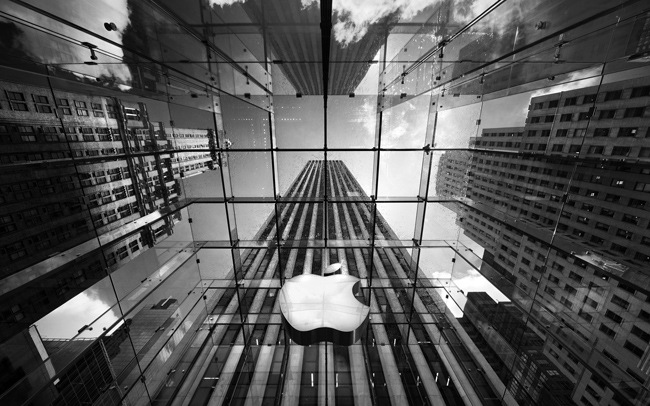Apple opened its first two retail stores ten years ago today, with two locations in Glendale, California, and McClean, Virginia. At the time, most industry watchers—myself included—thought Apple’s venture into retailing was a poor choice: why should the company pay for premium space in upscale shopping centers when it commanded only a minuscule portion of the PC market—and particularly when computer makers like Gateway were painfully discovering that making computers and selling computers in a store were completely different things? Ten years later, Apple’s retail operations are the envy of the PC industry, and are being openly imitated by players like Microsoft who hope to cash in on some of the caché Apple has built around its brand. What went right?

For decades, Apple struggled to sell the Macintosh successfully at retailers, entering into a series of high-profile partnerships with the likes of Sears, CompUSA, and others to showcase Macintosh and Apple products. However, despite some glimmers of success, for the most part things did not go well. Some retailers (like Sears) demanded exclusive Macintosh models that they could sell exclusively (and thus evade price competition)—that led to a bewildering array of “Performa” models during Apple;s 1990s doldrums that confused even the most die-hard Apple fanatics. And while some retailers set up special areas and trained selected staff to be able to competently sell and support the Macintosh, for the most part salespeople steered customers straight to Windows-based PCs—often due to lucrative commission-based incentives offered by PC manufacturers.
Apple eventually realized that the best Apple retail experience was usually offered by individual Apple dealers—small operations that specialized in Apple products and technologies. So Apple’s move into retailing with the Apple Stores was geared towards providing a top-notch consumer experience that Apple controlled from end-to-end: the company would not be dependent on retailers to properly set up or support Apple products, and the company could exclusively showcase Macs and Apple products. Not insignificantly, Apple would be able to offer official support and training via its oft-mocked “Genius Bar”—prior to the Apple Store, finding Mac technical support was often a bewildering array of phone calls, email messages, and strange hints to look for a guy named “Tony.” The Apple stores landed just as Apple’s all-in-one iMacs were riding a wave of consumer popularity…and continued to open up as Apple ventured into true consumer electronics with its first iPods. And, of course, the 2007 launch of the iPhone literally drove hordes of customers to Apple’s doorsteps.
Apple has consistently touted foot traffic at its retail stores as a primary way consumers learn about its products: where Apple used to get a media hit twice a year from the east- and west-coast Macworld Expos—which hosted tens of thousands of Mac fans apiece—Apple quickly began characterizing the traffic at its retail stores as multiples of Macworld Expos—and, eventually, the company dropped Macworld Expo entirely in 2009, asserting that its retail stores offered the company more exposure. In 2010, Apple stores saw more than 230 million visitors, averaging out to almost 14,000 visitors per store per week.
If there are losers in the success of Apple’s retail stores, it’s the independent Macintosh dealer and, to a lesser extent, Macintosh user groups. Although there are still a few around, many well-established Apple-exclusive dealers shut down when (or shortly after) Apple retail stores opened in their areas, or shifted their operating away from retailing towards offering support to educational institutions and other volume customers rather than retail sales. And Mac user groups, many already struggling to stay afloat as they tried to compete with Internet-based discussion boards and Mac-centric sites, have largely vanished from the landscape. Now, if Apple users want information or help, they can go directly to Apple—in person.


